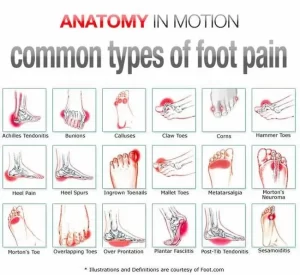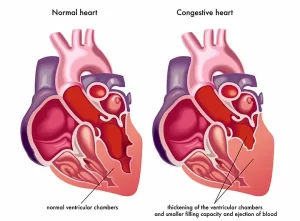Reproduction – Creation of Life
A Simple Guide to the Reproductive System
By Marcos Otero
The human body is an incredible marvel; one of its most fascinating aspects is the reproductive system. This intricate network of organs and hormones is responsible for creating new life. In this article, we’ll journey through the basics of the reproductive system in simple terms, exploring its essential components and the miraculous process of human reproduction.
The Male Reproductive System:
Let’s start with the male reproductive system. The testes hang outside the body in a sac-like structure called the scrotum. The testes have a vital role in producing sperm, the tiny swimmers that carry the genetic material needed to create a new human being.
When a man becomes aroused, the testes kick into action, producing millions of sperm each day. These sperm travel through a coiled tube called the epididymis, where they mature and gain the ability to fertilize an egg. During ejaculation, the sperm embark on a journey through the vas deferens. This long tube carries them out of the body through the penis.
The Female Reproductive System:
Now, let’s delve into the female reproductive system. At the heart of this system are the ovaries, which are like a pair of egg-producing factories. Each month, one ovary releases an egg into the fallopian tube, patiently awaiting the possibility of meeting a sperm.
The uterus, a pear-shaped organ, is where a fertilized egg can implant and develop into a fetus. If fertilization doesn’t occur, the uterus sheds its lining during menstruation, marking the start of a new menstrual cycle.
The Miracle of Fertilization:
The magic happens when a sperm meets an egg, a process known as fertilization. This momentous event typically occurs in the fallopian tube. The sperm, with its determined swimming, races to reach the egg. If successful, the sperm penetrates the egg’s outer layer, merging their genetic material and forming a zygote (egg).
The zygote (egg), now carrying a unique combination of DNA from both parents, begins to divide and develop into a multicellular structure. As it travels down the fallopian tube toward the uterus, it undergoes multiple divisions, eventually forming a ball of cells that forms early in a pregnancy, about five to six days after a sperm fertilizes an egg.
Implantation and Early Development:
The blastocyst, a tiny ball of cells, attaches to the uterus lining during implantation. This marks the beginning of pregnancy. The cells continue to divide and specialize, forming the different layers of tissues that will eventually become the embryo and, later, the fetus.
The Placenta and Umbilical Cord:
During pregnancy, a crucial structure called the placenta develops. The placenta is like a lifeline, providing essential nutrients and oxygen to the developing fetus while removing waste products. It also produces hormones that help maintain the pregnancy.
Connected to the placenta is the umbilical cord, a flexible tube that links the fetus to the placenta. Through the umbilical cord, the fetus receives everything it needs from the mother’s body for growth and development.
Pregnancy and Birth:
As the pregnancy progresses, the fetus continues to grow and develop. The mother’s body undergoes various changes to accommodate the growing life within. Hormones are vital in maintaining the pregnancy and preparing the body for childbirth.
When the time for delivery arrives, the muscles of the uterus contract, pushing the baby through the cervix and into the world. This momentous event, known as childbirth or labor, completes the incredible journey of human reproduction.
Conclusion:
The human reproductive system is a marvel of nature, allowing the creation of new life through a complex yet beautifully orchestrated process. From the production of sperm and eggs to the intricate dance of fertilization and the miracle of pregnancy, the reproductive system is a testament to the wonders of the human body. While this overview provides a simplified understanding, the intricacies of reproduction are a lifelong field of study, continually revealing new insights into the fascinating journey of bringing a new life into the world.



